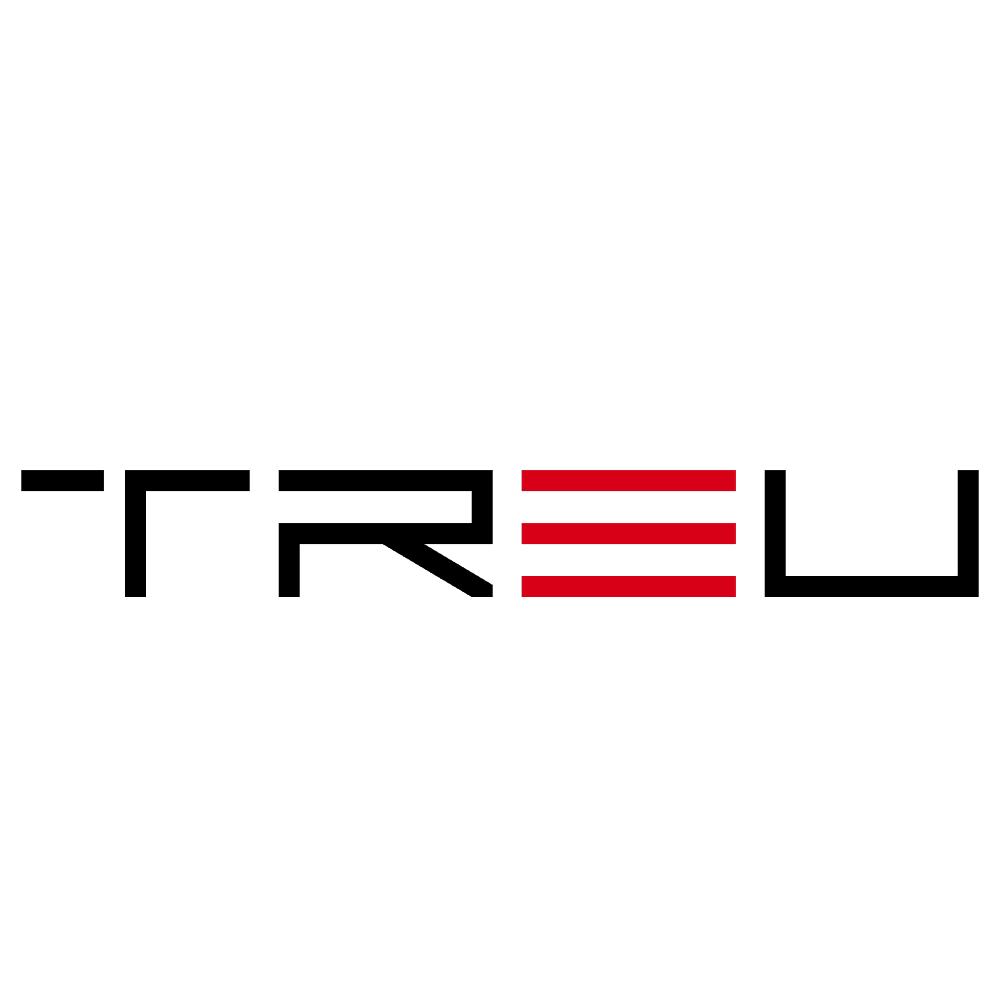ChatGPT vs Generative AI: Key Differences Explained Clearly
In today’s rapidly evolving digital landscape, Artificial Intelligence (AI) continues to disrupt industries and redefine traditional roles—and nowhere is this more evident than in the field of generative AI. With tools like ChatGPT capturing headlines, many are wondering: What exactly is the difference between ChatGPT and Generative AI? Are they the same? Do they serve different purposes? In this blog post, I’ll break down the key distinctions, explore real-world applications, and highlight why understanding their differences matters.
What Is Generative AI?
Put simply, Generative AI refers to any AI system that can create new content—from text and images to audio and video—using machine learning techniques. These systems are trained on large datasets and are designed to identify patterns in data and generate outputs accordingly.
Examples of generative AI capabilities include:
- Text generation – writing reports, articles, poetry, and even code
- Image and art creation – producing artwork or photorealistic images from text prompts
- Audio synthesis – composing music or mimicking human speech
- Data augmentation – generating synthetic datasets for training purposes
Generative AI is a broad term that encompasses a variety of tools—including ChatGPT. Understanding that ChatGPT is a specific instance of generative AI helps frame the comparison.
What Is ChatGPT?
ChatGPT is a conversational AI model developed by OpenAI, based on the GPT (Generative Pre-trained Transformer) architecture. It is a subclass within the broader category of generative AI. ChatGPT is uniquely trained and optimized for human-like dialogue, with a specialty in:
- Answering questions in natural language
- Providing customer support and virtual assistance
- Brainstorming ideas and writing content
- Explaining complex subjects in simple terms
What makes ChatGPT especially powerful is its contextual memory and fine-tuning, turning it into a dynamic digital assistant capable of complex conversational interactions rather than simply generating static outputs.
Key Differences Between ChatGPT and Generative AI
Though ChatGPT is a generative AI tool, it’s important to distinguish its unique features from the broader category. Here are the seven major differences:
1. Scope
- Generative AI encompasses all AI systems that generate new content across disciplines, from art to audio to deepfake videos.
- ChatGPT is a language-specific model designed primarily for text generation and natural language understanding in a conversational context.
2. Functionality
- Generative AI includes a wide variety of tools—like DALL·E for images or MusicLM for songs.
- ChatGPT specializes in producing, editing, and refining written content and dialogue.
3. User Interaction
- Generative AI tools may not always interact with the user; systems like image generators simply return outputs based on prompts.
- ChatGPT is built for two-way conversation, responding to follow-up questions and adapting to a user’s tone and context.
4. Training Inputs
- ChatGPT is trained predominantly on massive corpora of written text including books, websites, and forums.
- Other Generative AIs may be trained on images, audio samples, video footage, or molecular structures, depending on the application.
5. Use Cases
- ChatGPT is ideal for digital assistants, content writing, tutoring, coding help, and more.
- Generative AI more broadly spans industries—from generating synthetic medical data to designing video game environments.
6. Architecture
- ChatGPT uses the GPT (transformer-based) architecture refined for natural language tasks.
- Generative AI encompasses many architectures, including GANs (used in image generation) and VAEs (Variational Autoencoders).
7. Integration in Business Tools
- ChatGPT is often integrated into CRM systems, chatbots, and content platforms to streamline communication.
- Other Generative AIs are integrated in design, video production, drug discovery, and beyond.
Real-World Example: Taco Bell and Agentic AI
Taco Bell’s adoption of agentic AI—a branch of Generative AI built with autonomy and goal-driven processes—highlights the transformative shift in how businesses leverage this tech. Their system, described as a “virtual restaurant leader,” doesn’t just generate outputs—it makes decisions, assigns workflows, and manages other digital systems.
Core functions of this generative AI in Taco Bell include:
- Emails summarizing performance data—delivered directly to human managers
- Optimized task delegation—leveraging real-time data streams
- Impersonating human leadership—across digital operations and store locations
While ChatGPT could be a tool within this system (e.g., generating readable reports), the comprehensive operation is a fusion of various Generative AI models tied together with goal-driven autonomy.
Why Understanding the Difference Matters
Grasping the distinction between ChatGPT and generative AI is more than just semantics:
- For developers: Knowing the right tool (text-based vs. image-based) can save time and enhance performance.
- For businesses: Differentiating tools helps in choosing the most effective platform for internal processes or customer experiences.
- For consumers: Being AI-literate means understanding how data is generated, used, and potentially biased.
The Future: Merging and Specialization
As AI continues its meteoric evolution, the lines between ChatGPT and other forms of Generative AI are also becoming blurred. OpenAI, for example, has introduced multimodal capabilities in GPT-4, allowing it to handle text, images, and even sounds.
We are now entering an era where agentic AI—AI that can act independently toward a goal using generative capabilities—is becoming a central element in modern enterprises. These systems may one day function like digital employees, combining ChatGPT-style communication prowess with advanced decision-making abilities.
Conclusion
To summarize:
- ChatGPT is a specialized tool within the broader category of generative AI, focused on text and conversation
- Generative AI includes a wide set of technologies capable of creating varied forms of content including images, videos, and more
- ChatGPT’s strength lies in its natural language fluency, while other Gen-AI tools excel in unique domains like design, video, or music
As businesses begin deploying these technologies together—as Taco Bell and others have begun to do—the lines between content generation, leadership automation, and autonomous agents are becoming increasingly blurred.
The future isn’t just AI-powered—it’s agentic, generative, and conversational.
Stay informed. Stay empowered. And choose your AI tools wisely.

